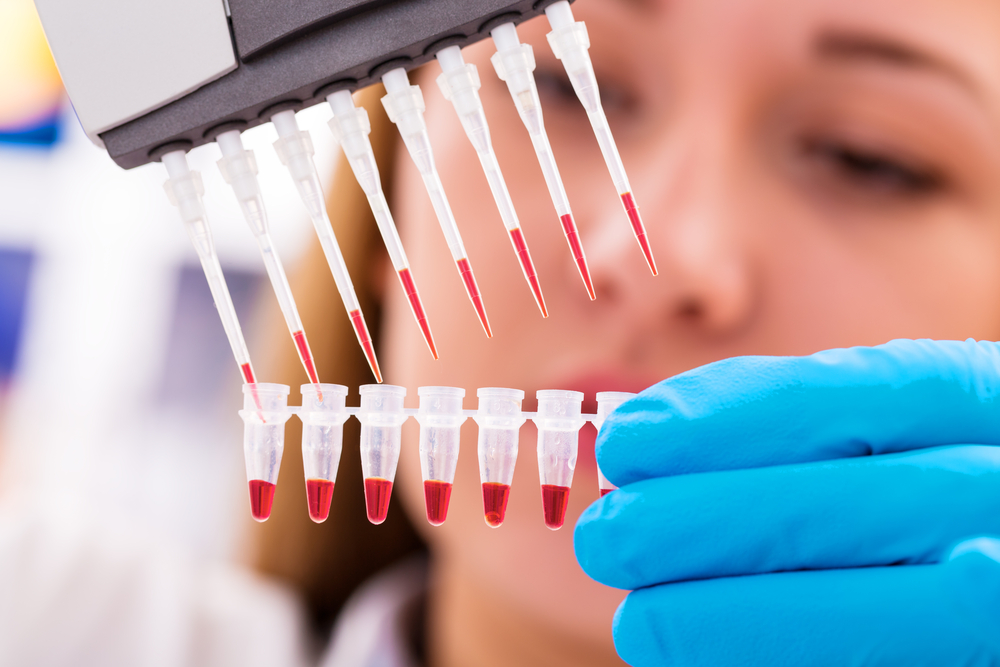Top Stories

Future of Cell Therapy in the Regenerative Medicine Market
Future of Cell Therapy in the Regenerative Medicine Market : Combination Therapies and Advanced Manufacturing Techniques are the New Criteria Shaping the $4 Billion MarketThis Frost & Sullivan research service analyses the current trends, forecasts and the external factors influencing the global cell therapy market. It also studies top participants in the market, disruptive pipeline products, and the opportunities in combination therapy. In addition, it provides a detailed commercialization analysis of research and development (R&D), manufacturing, and funding considerations.
Key Takeaways—How is this Market Important to You?
Cell therapy is a fast-growing, emerging market. Stem cell therapy, comprising the largest part of the market, has the largest number of clinical trials globally. Furthermore, combination therapies, such as stem cell-gene and cell-gene, are showing great curative potential, which has led to US Food and Drug Administration (FDA) fast-track status.
Significant opportunities exist for small- to medium-sized companies in this rapidly expanding market. With growing government and private funds, the global market is ripe for new companies with innovative therapies to come to the forefront.
Large pharmaceutical companies such as Pfizer, Novartis, and Juno Therapeutics are entering the market because there is strong evidence of the safety and efficacy of numerous products in the pipeline. In addition, the curative potential of some of the cell-gene therapies is driving the creation of new partnerships, mergers, and acquisitions.
As the commercial production of stem cell, cell, and gene therapies increases, the need for fully-enclosed systems, such as bioreactors, and disposable products for Current Good Manufacturing Practice (CGMP) production will also grow.
Very few large-scale manufacturing facilities exist. The cost of goods sold is high relative to marketable product output. Vector production capabilities are currently limiting the rate of production for stem cell-gene and cell-gene products.



Comments